Cooling with wraith Prism and Wraith Spire
Let's take a look at what AMD delivers as a boxed cooler with the two CPUs. While the two CPUs often do not differ fundamentally from each other in practice, both coolers could not be more different.
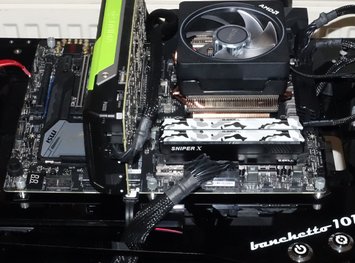 Wraith Prism Wraith Prism |
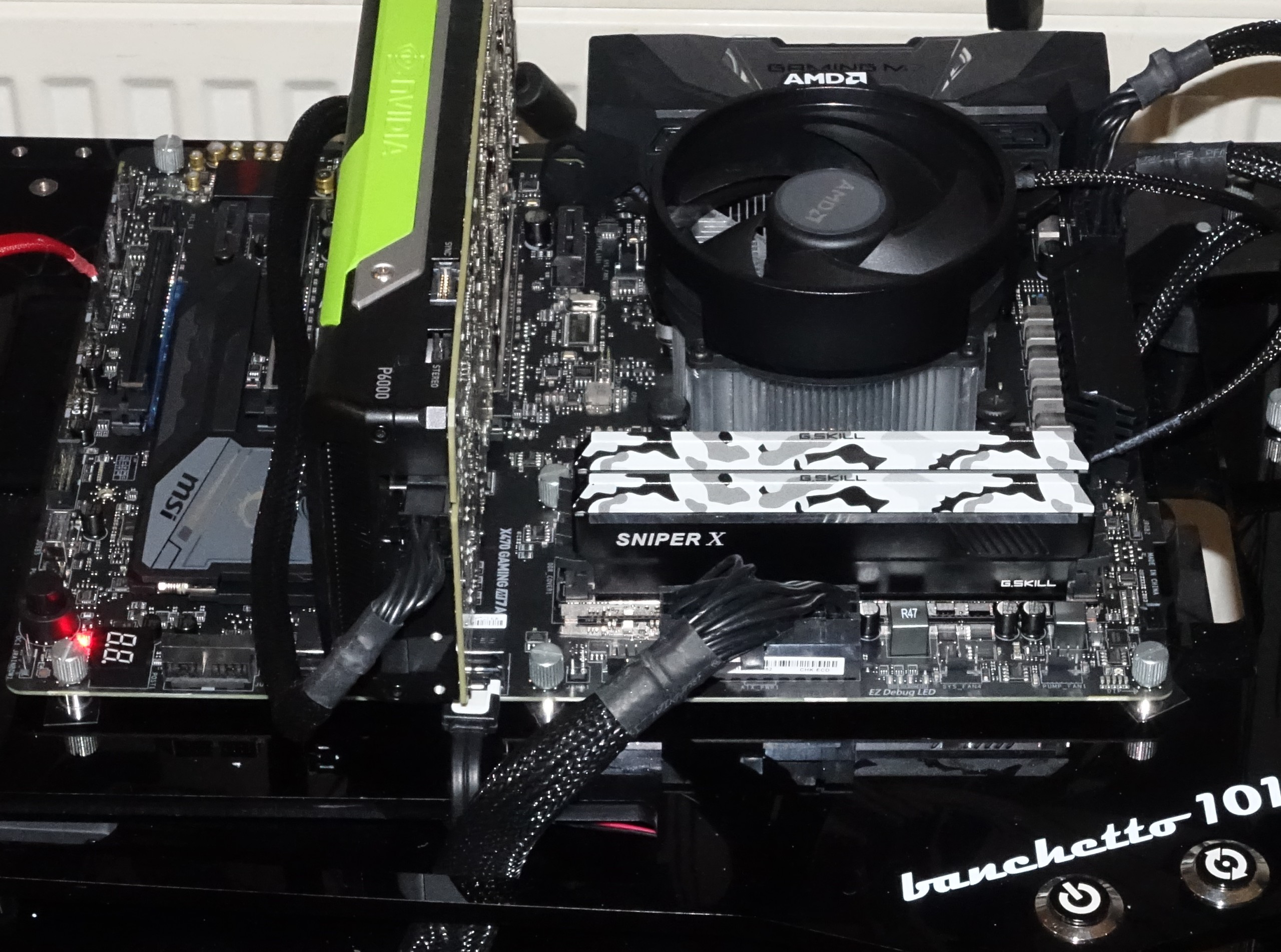 Wraith Spire Wraith Spire |
Ryzen 7 2700X and Wraith Prism
The Wraith Prism of the Ryzen 7 2700X is a very large and high slat cooler with a total of 4 ground heat pipes (Direct Heat Touch) and a plate behind it as stabilization. The entire support surface of the heat sink is therefore made of copper. The slats are arranged in such a way that the exhaust air is rather focused in the direction of the memory and I/O shield after the outlet. The right-hand voltage converters therefore benefit rather less, as we will see in a while.
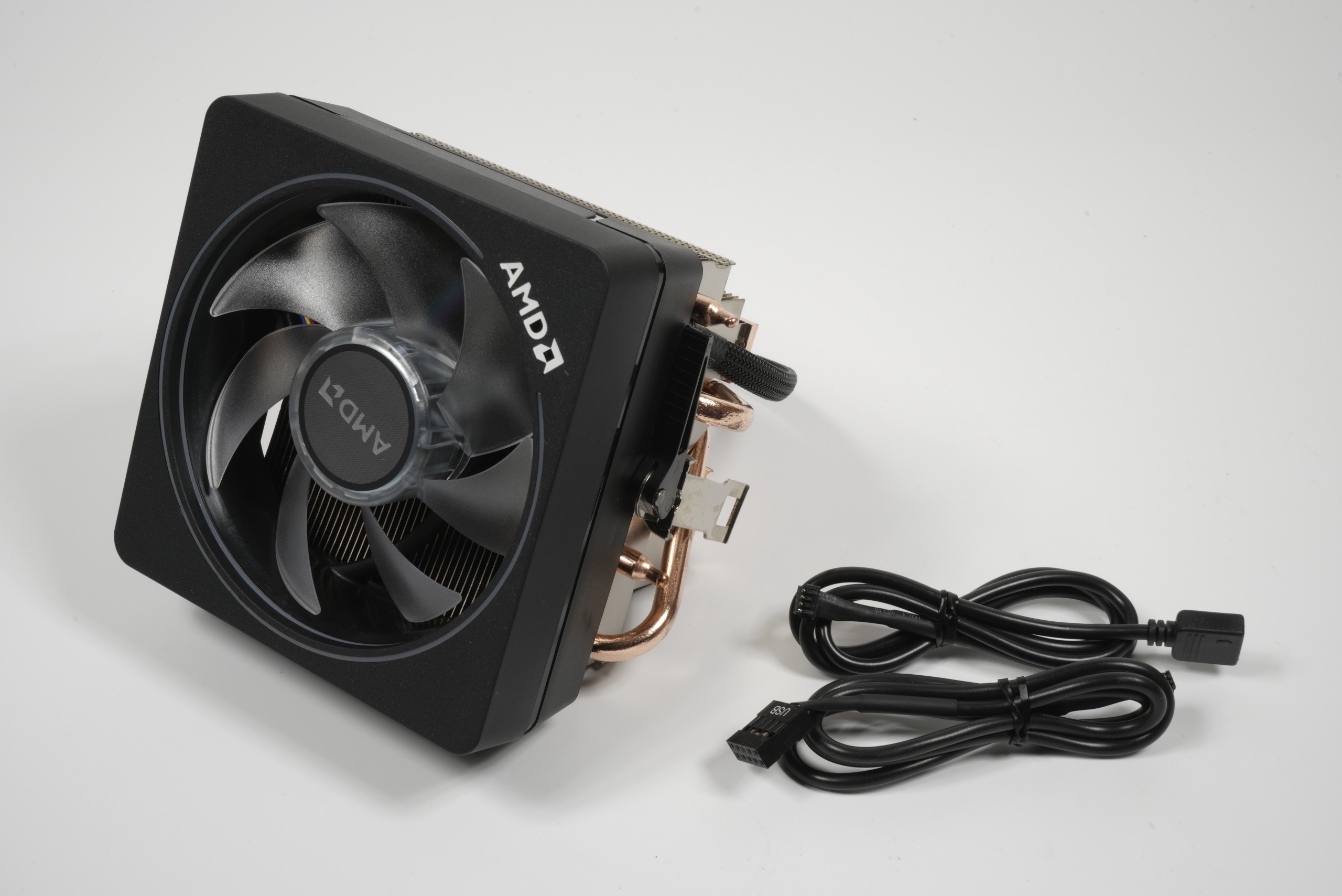 Wraith Prism Wraith Prism |
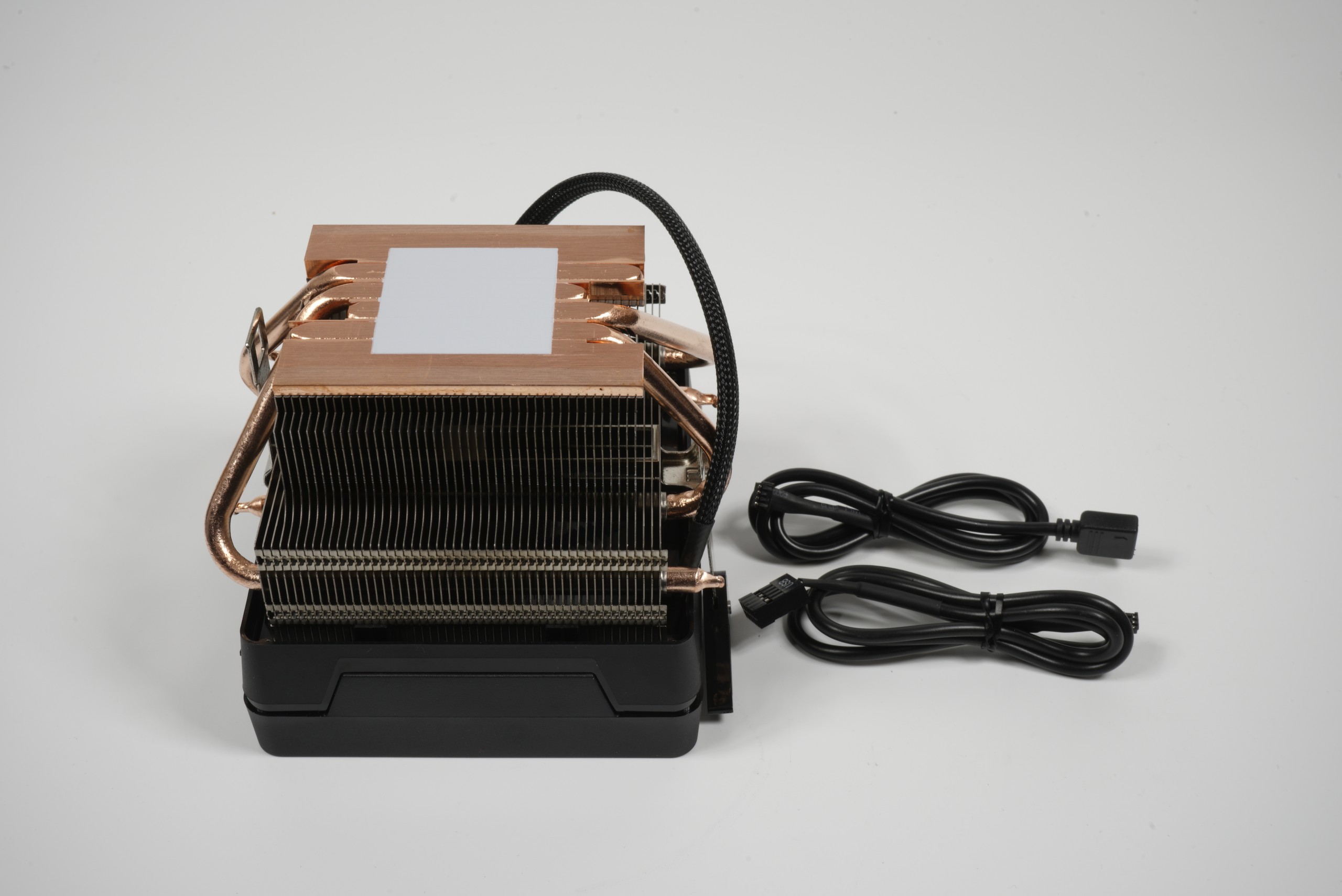 Wraith Prism Wraith Prism |
A major disadvantage of the dimensions is the necessary renunciation of the new screwdriving system and the return to the old fastening clamp, which we have known since the old Athlon XP. This is fiddly and abundantly outdated, but hard to avoid in the chosen radiator dimension.
The CPU is hot even at maximum load on all cores in the stress test maximum 82.8°C (corrected value, 92.8°C are displayed according to the tools), so it remains below the thermal throttling even then. The cooler handles the approx. 105 watts just like that, while it's much cooler when you're playing. Then you can expect peaks up to 70°C (corrected) and a little above that, depending on the predefined fan curve on the motherboard. As already indicated, the voltage converters tend not to benefit from the airflow of the CPU cooler.
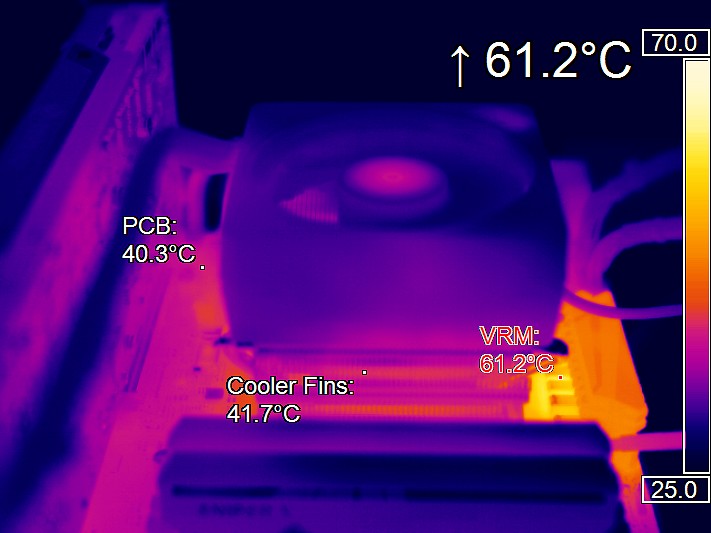
What doesn't fit at all, however, is the sound of the Wraith Prism. With 44 dB(A) under load (50 cm distance, 45° diagonal) the part is more than just audible, it is loud (picture right). After all, approx. 2600-2700 rpm. But there is also reason for criticism in the idle on the Windows desktop. Unfortunately, AMD repeats the completely unnecessary mistake that Intel made at the time by adjusting the fan control far too frantically to the short-term temperature jumps. Then there is the additional temperature surcharge, which always lets the fan rotate faster than it should.
This can be seen above all beautifully in the narrow-band frequency spectrum of the engine noise (picture on the left), which is between approx. 240 and 300 Hz. Almost 39 dB(A) in the idle are neither up-to-date, nor somehow acceptable and necessary. Whether and to what extent the manufacturers of motherboards can counteract this is to be left to one side. However, it helps if, as a user below 60°C, you simply deposit a fixed speed of at least 1400 rpm. Here, however, you have to experiment, because each housing requires different settings.
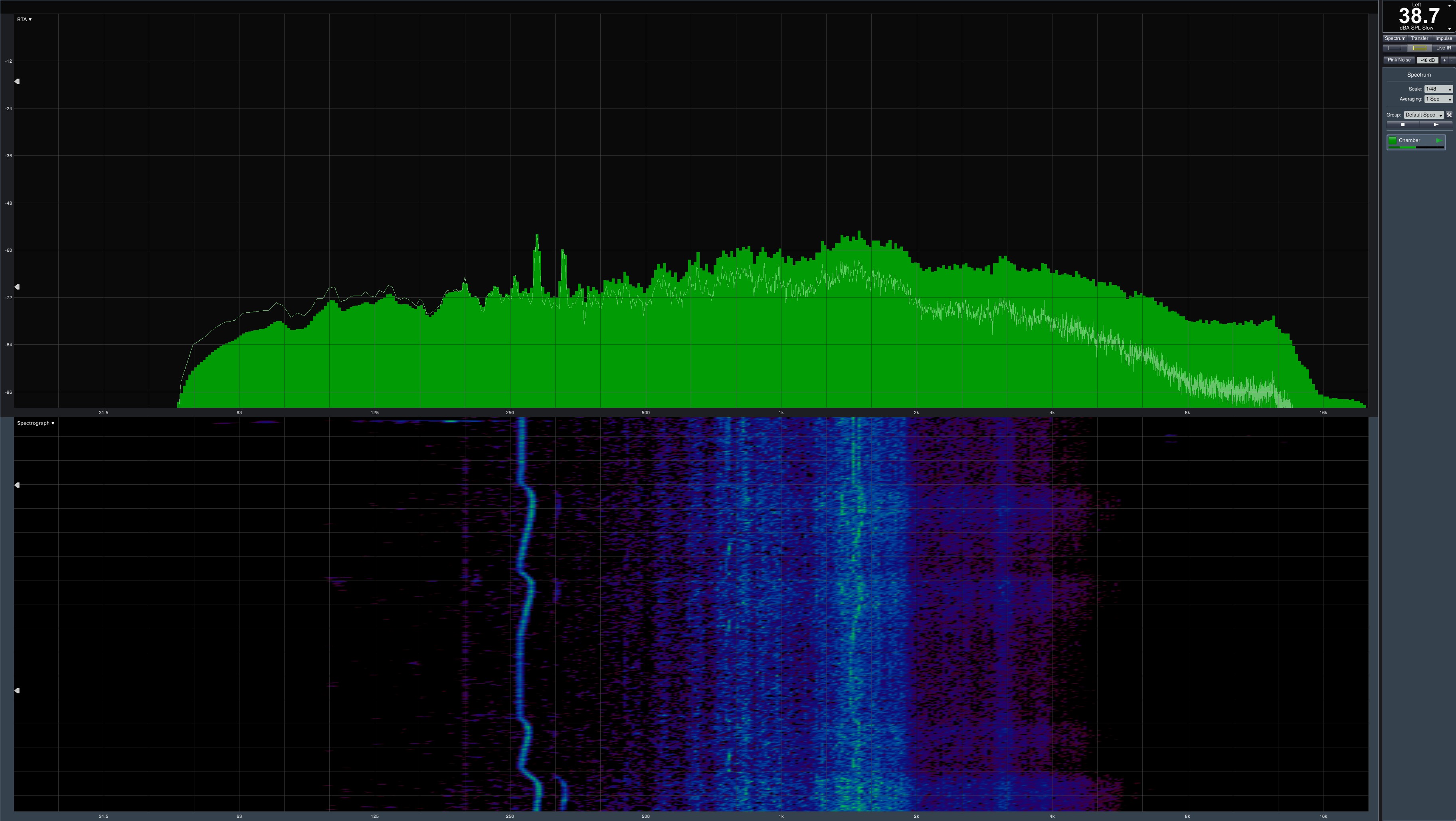 |
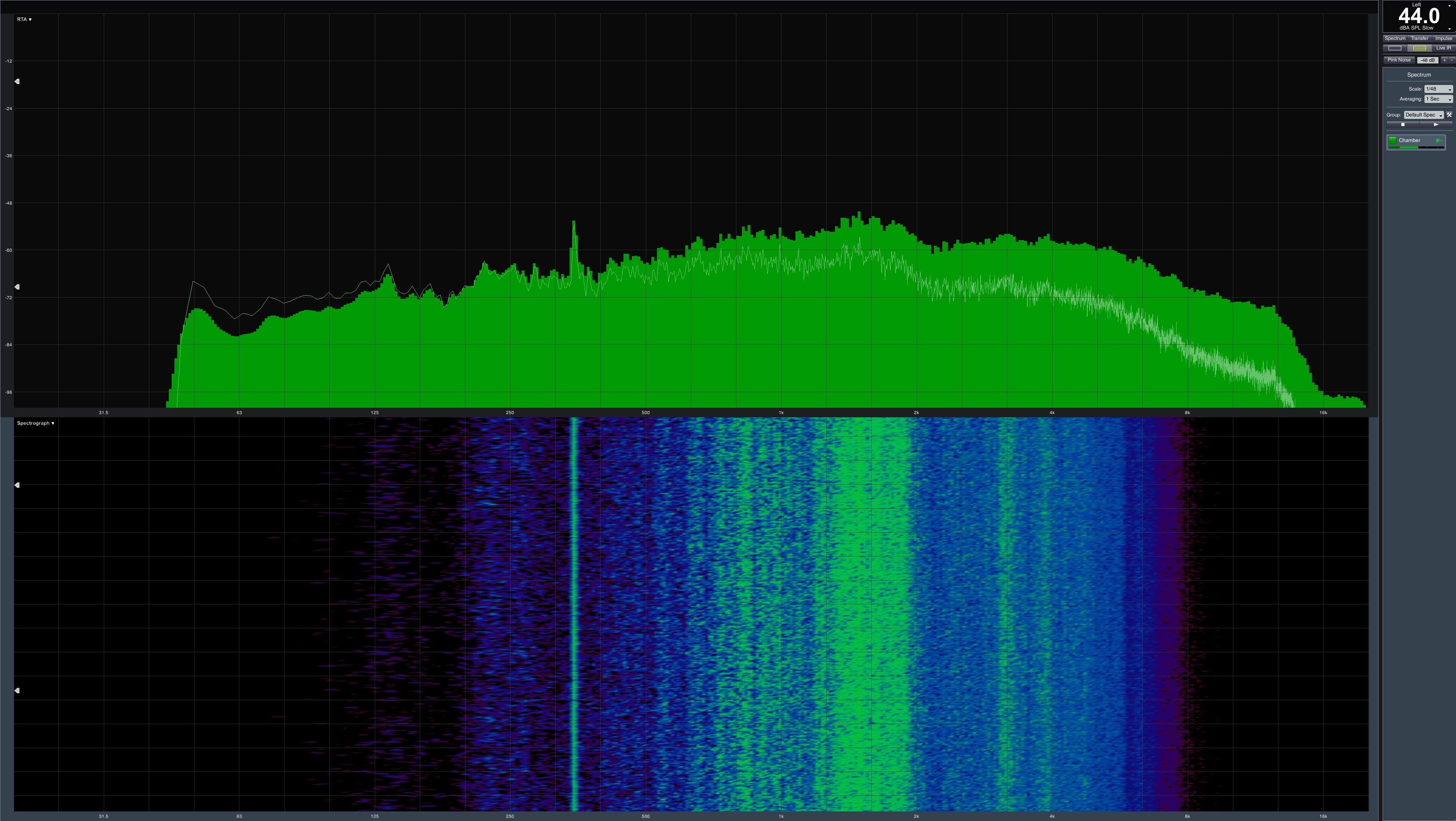 |
Ryzen 5 2600X and Wraith Spire
The smaller CPU comes with the well-known Wraith Spire, which we already know from the older Ryzen CPUs and the current APUs. The rather round structure makes it possible to align the Finns in a quarter in all four directions. In addition, the dimensions also allow to use the significantly easier (and of course safer) screws to handle. The cooler made of a stranded aluminium profile also relies on a copper core, as Intel used for the first quadcores in the form of the Q6600.
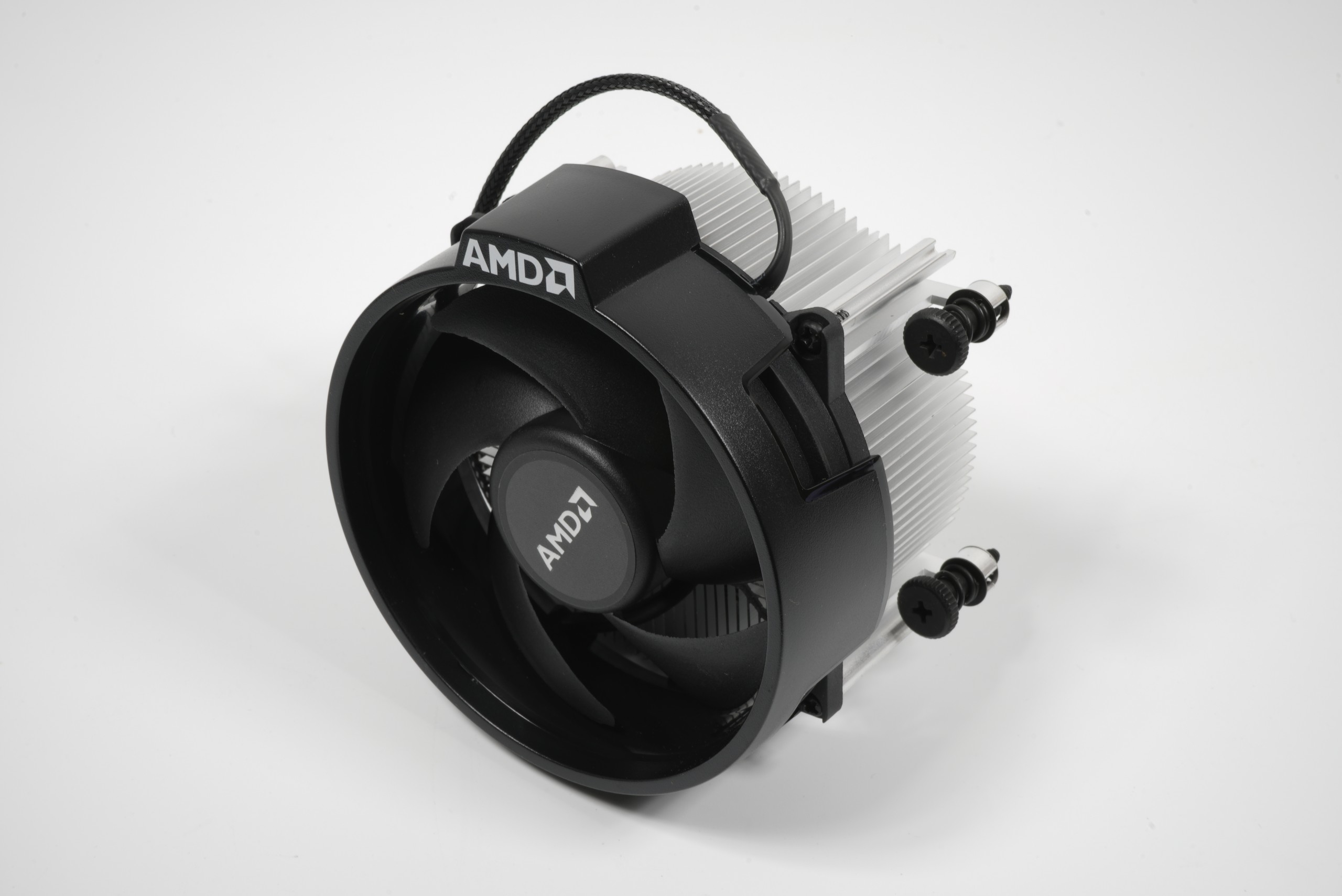 Wraith Spire Wraith Spire |
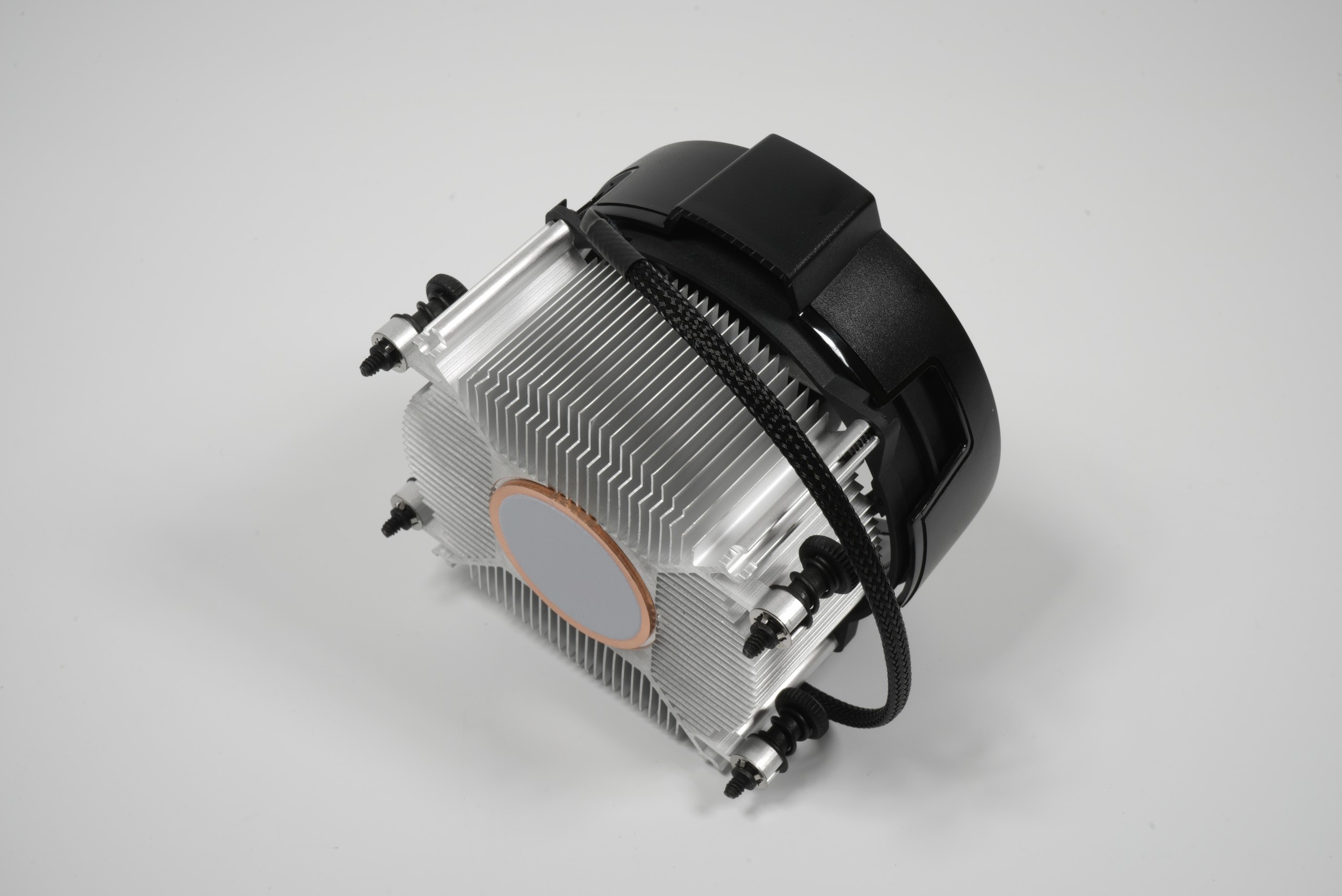 Wraith Spire Wraith Spire |
Unfortunately, the smaller Wraith Spire does not manage to cool the CPU under full load so that no throttling is used. At 94.8°C the splendor is over, then the thermal emergency brake starts after only a few minutes. For normal applications, however, the cooler is just enough, because even with demanding gaming you usually stay below 90°C.
However, the voltage converters are much cooler than the Wraith Prism. Even if the power consumption of the smaller CPU in the maximum is now approx. 5 watts lower, a difference of 5°C is already a remarkable number.
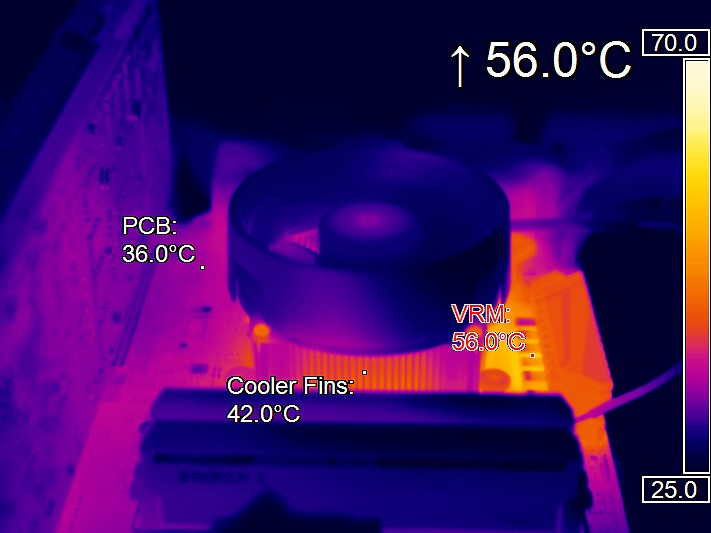
What amazes us, however, is the (barely available) background noise, which we liked already in the other tests. Under full load (pictured left) the Wraith Spire is roughly on the noise level that the Wraith Prism already generates in the idle! In the Idle, on the other hand (picture on the right), you have to listen very carefully. Here it is again the engine noises, by which one can recognize the frantic control frenzy of the fan control. Nevertheless, just under 31 dB(A) is nothing that would stuff your ears.
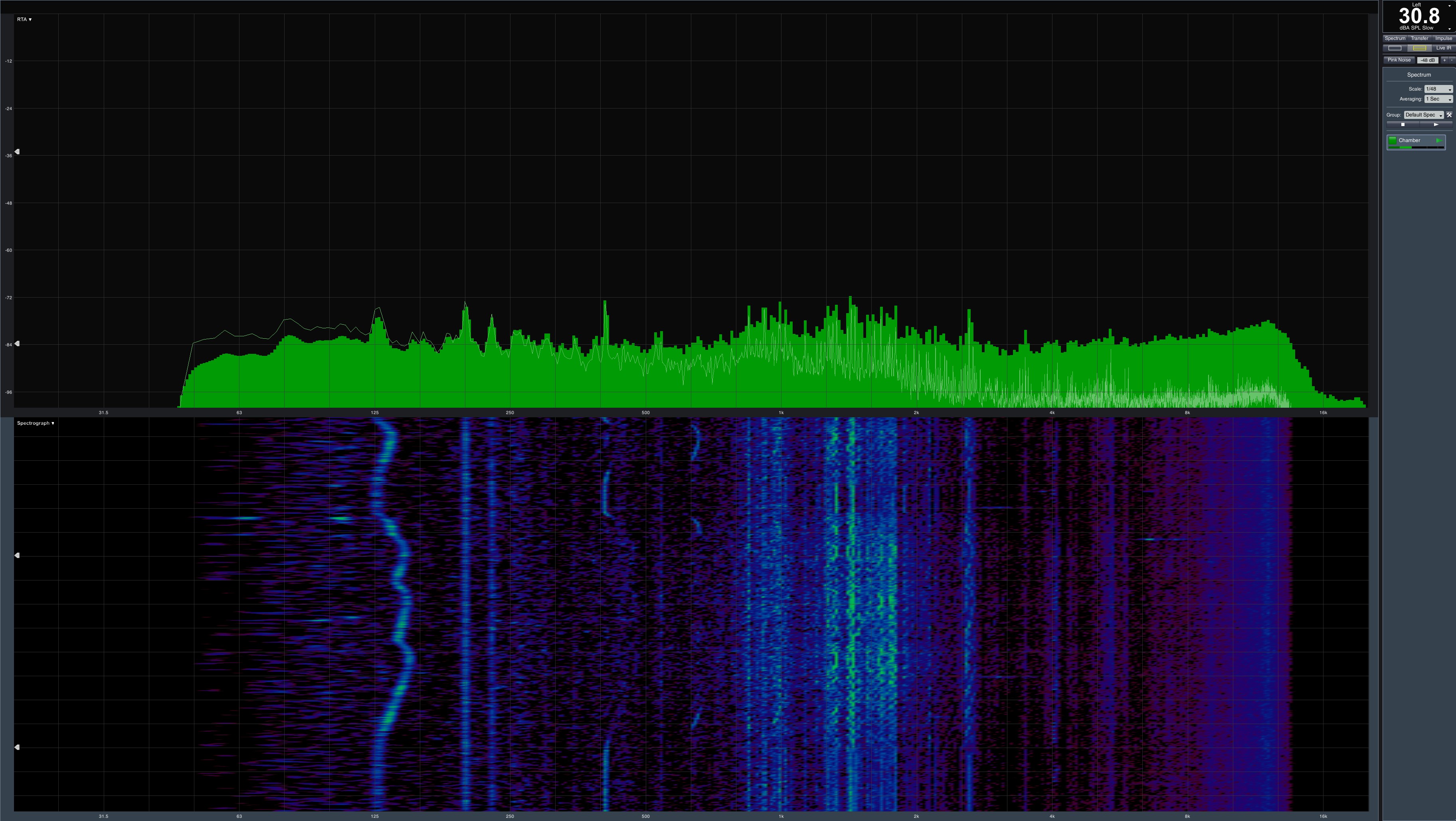 |
 |
Intermediate conclusion
With the Boxed coolers, the Wraith Spire shows once again that a free push can keep up. Even if the stress test gets a bit tight, the cooler is really not a superfluous toy. With the Wraith Prism, however, we don't like the unnecessary noise or the fumbling fastening. The whole RGB-Firlefanz doesn't help, because if you close your eyes or don't look, the noise is annoying, because you always have it and permanently.
- 1 - Ryzen Reloaded
- 2 - Das X470 Chipset und Ryzen Master 1.3
- 3 - Cache und Speicher-Performance, IPC
- 4 - Overclocking, Spectre und Test-Setup
- 5 - Gaming: CPU Performance
- 6 - Gaming: Ashes of the Singularity Escalation
- 7 - Gaming: Civilization VI
- 8 - Gaming: Warhammer 40K: DoW III
- 9 - Gaming: Grand Theft Auto V
- 10 - Gaming: Hitman (2016)
- 11 - Gaming: Middle-earth: Shadow of War
- 12 - Gaming: Project Cars 2
- 13 - Gaming: Far Cry Primals
- 14 - Workstation: GPU Performance
- 15 - Workstation: CPU Performance
- 16 - XFR2 vs. manuelle Übertaktung
- 17 - Leistungsaufnahme
- 18 - Temperaturen und Lautstärke
- 19 - Zusammenfassung und Fazit
































Kommentieren